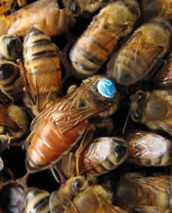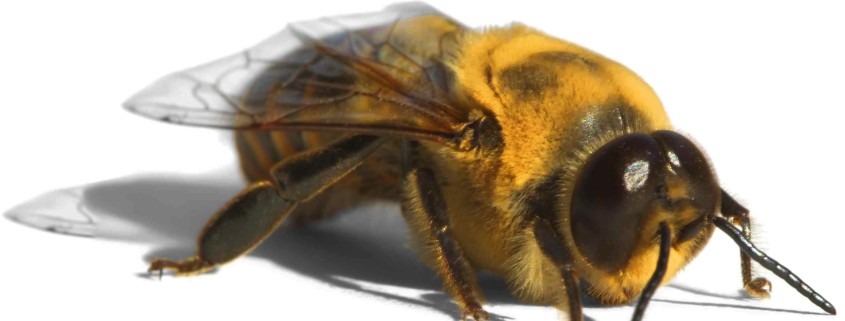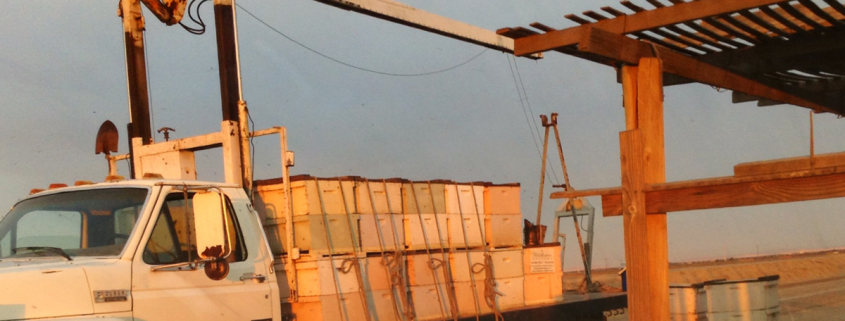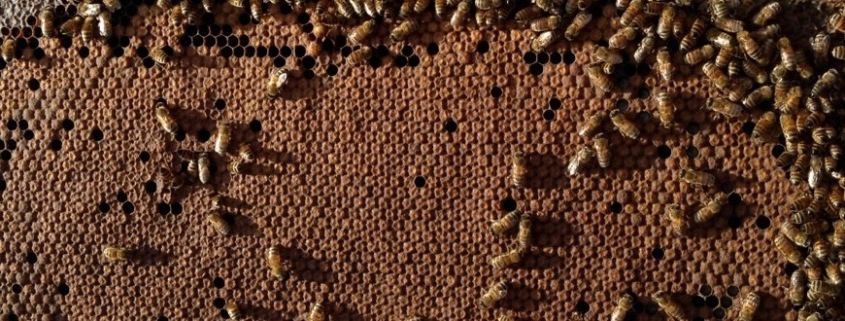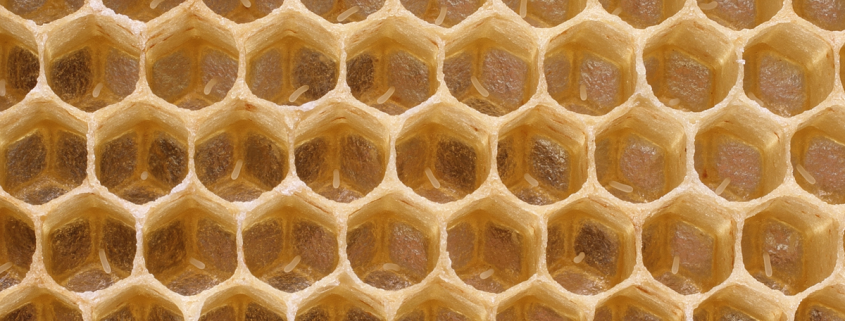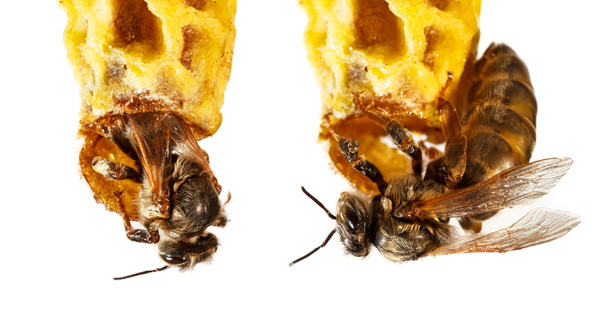Pol-Line Queens
Besides the usual techniques available to commercial beekeepers for building colony strength in time for almond pollination, such as extensive fall and winter feeding, another way to encourage early season colony buildup is for the bees themselves to have their own predisposition to do so.
During the late 2000’s, researchers at the USDA Breeding Lab in Baton Rouge, LA took their stock of VSH bees and open mated them with the surrounding bees of the area. They then tested these colonies nationwide to see which performed best. The grading criteria that they used included early spring build up for pollination, maintaining large populations, gentle temperament, and resistance to varroa and tracheal mites and other brood diseases.
The tests did not stop there. The USDA, along with their commercial partners at VP Queen Bees, continue to test and release new Pol-Line stock each year to selected queen breeders in the United States. Wildflower Meadows has access to this queen bee stock, and we often cross our best queen bee breeders with Pol-Line queens, so that they can readily exhibit this prized trait of early season build up.
The queen pictured above is a pure Pol-Line breeder queen. Of all the traits that make an ideal Pol-Line breeder note that none of the criteria includes color. Pol-Line queens range an exceptionally wide span of colors, ranging from nearly black to golden. You hardly can tell a Pol-Line bee by her color alone. The best way to appreciate a Pol-Line queen is to see her in action. When the other queens are still thinking about winter, the Pol-Line queen is thinking about summer. She takes “getting an early start” very seriously.
Photo of pol-line breeder queen is courtesy of Glenn Apiaries, with permission.

